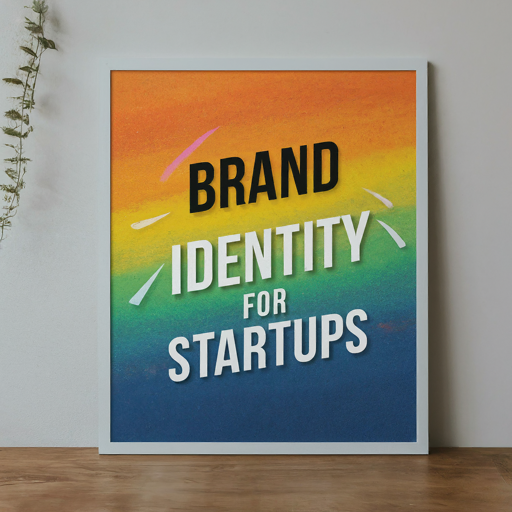Brand identity for a business startup is the foundation of how you want the world to see and perceive your company. It’s more than just a logo and a catchy slogan; it’s the entire experience you create for your customers, from their first interaction with your brand to their ongoing relationship with you. Here’s a breakdown of the key components of brand identity for a startup:
Core Elements:
- Brand Vision & Mission: This clarifies your purpose, what problem you solve, and your aspirations for the future.
- Brand Values: These are the core principles that guide your company’s decisions and actions.
- Brand Personality: This defines the unique character and voice of your brand, how you want to come across to your audience (e.g., friendly, innovative, reliable).
Expressed Elements:
- Brand Name & Logo: These are the most visible aspects of your brand identity and should be memorable and reflect your brand values.
- Brand Messaging: This includes all the communication you have with your audience, from website copy to social media posts. It should be clear, consistent, and aligned with your brand personality.
- Visual Identity: This encompasses your brand’s color palette, typography, imagery, and design elements used across all marketing materials and packaging.
Why it Matters for Startups:
- Stand Out in a Crowded Market: Branding helps you differentiate yourself from competitors, especially crucial in the early stages when brand awareness is low.
- Attract & Retain Customers: A strong brand identity builds trust and attracts customers who resonate with your values and messaging.
- Shape Customer Experience: Branding guides every touchpoint a customer has with your business, ensuring a consistent and positive experience.
- Attract Talent: A well-defined brand identity can attract talented employees who share your company’s values and vision.
Building Your Brand Identity:
- Start with your core elements: Define your vision, mission, values, and brand personality.
- Develop your brand voice and messaging: Craft clear, consistent communication that reflects your brand personality.
- Design your visual identity: Create a logo, color scheme, fonts, and imagery that visually represent your brand.
Remember, brand identity is an ongoing process. It should evolve as your business grows and matures, but the core elements should remain consistent to maintain brand recognition and trust.
Latest posts by BrandFocal Services (see all)
- Free SEO Toolkit: How to Boost Your Website Rankings with Zero Budget - June 7, 2025
- What Are UTM Parameters? A Human-Friendly Guide to Tracking Your Traffic - May 7, 2025
- How to Build a GoHighLevel Funnel: A Step-by-Step Guide - February 13, 2025
